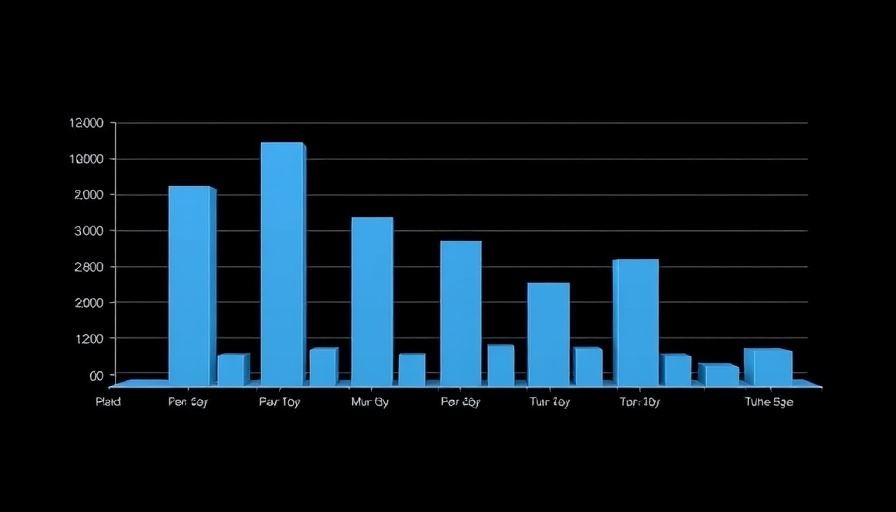
Understanding High-Low Plots as Histogram Emulators in SAS
When it comes to data visualization in SAS, the application of graphic tools significantly affects the way data is understood and presented. Among various methods, utilizing high-low plots to emulate histograms is garnering increasing attention. This technique not only provides a solution to the limitation of combining incompatible plot types but also offers a dynamic way to visualize empirical distribution alongside density estimates.
Enhancing Data Visualization Techniques
SAS, a powerful analytics tool, offers a variety of procedures such as PROC UNIVARIATE for histogram generation and density estimation, yet it presents challenges when plotting complex overlays. High-low plots come into play by allowing the overlay of one or more curves on a histographic display effectively. This integration provides an avenue for clearer comparisons between empirical data distributions and respective theoretical models.
Why Choose High-Low Plots to Emulate Histograms?
The beauty of high-low plots lies in their flexibility. Traditional histograms often face challenges when attempting to overlay data such as multiple density curves. As noted in the referenced discussions, standard histograms and series plots, which display line charts, are not compatible in PROC SGPLOT. The high-low plot, on the other hand, can seamlessly integrate the visual display into one cohesive graphics window, effectively allowing multiple curves to be showcased over the histogram-like data.
Step-by-Step: Creating a High-Low Emulated Histogram
To create a high-low plot in SAS that acts as an emulator for a histogram, you can follow a systematic approach. Begin by preparing the necessary data that includes the mid-points of the bins and their respective heights using PROC UNIVARIATE with an OUTHIST option. This provides the required structure for the HIGHLOW statement:
data YourDataSet; /* Create your dataset */ input Centroid Low High; datalines; ... ; This dataset will serve as the backbone for the high-low plot, enabling you to represent your data effectively.
Advantages of Using High-Low Plots
By adopting high-low plots in data analysis, users gain significant advantages:
- Clarity of Representation: High-low plots can concisely represent variability within the data while showcasing overlays, thus enhancing communicative power.
- Customize Your Data Display: Integrating multiple display options allows users to tailor their plots according to the needs of their analysis.
- Facilitates Comparison: With high-low plots, comparing empirical distributions and fitted curves becomes considerably easier and more visually appealing.
Future Trends and Practical Insights
As data visualization continues to evolve, the need for adaptive and flexible tools becomes more pronounced. Emulating histograms with high-low plots not only caters to current analytical demands but is also aligned with emerging trends in data science, where visual clarity is essential for effective decision-making.
Equipped with new insights into these powerful visualization techniques, professionals and learners can refine their approaches to data analysis, fostering a deeper understanding of underlying patterns through effective representation.
Conclusion
In conclusion, using high-low plots to emulate histograms in SAS represents a valuable skill for data analysts. By mastering this technique, users can enhance their analytical capabilities in areas such as AI learning, leveraging data effectively to inform decisions and drive innovations in AI science. So why not start implementing these strategies in your next statistical analysis project?
 Add Row
Add Row  Add
Add 




Write A Comment